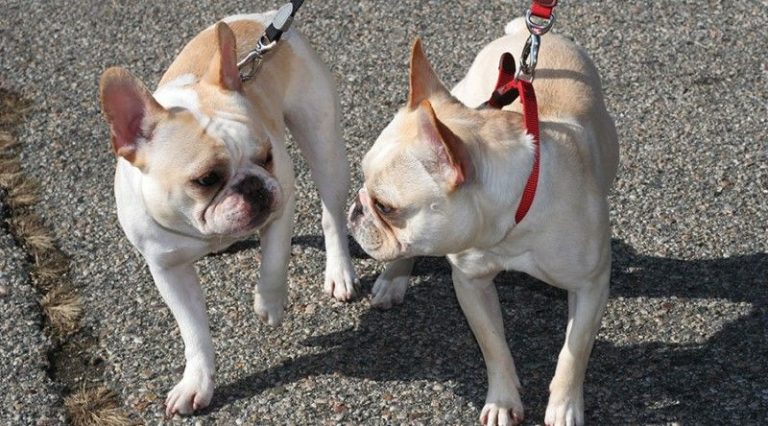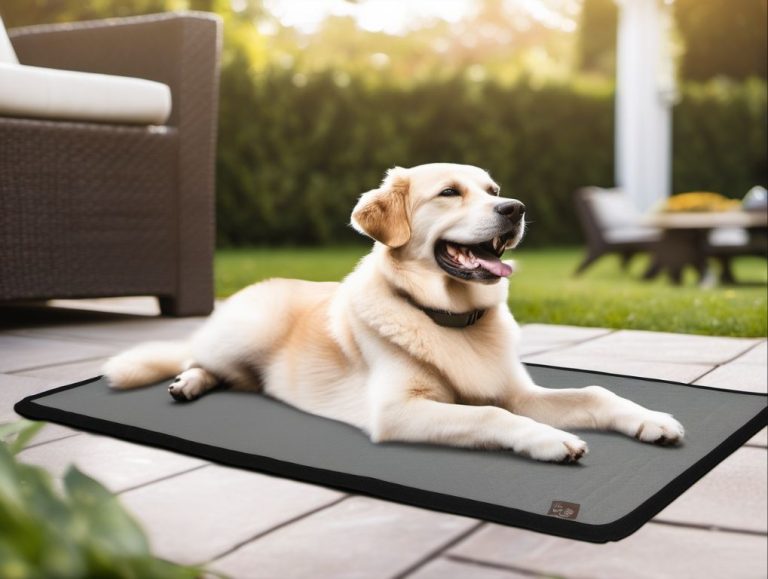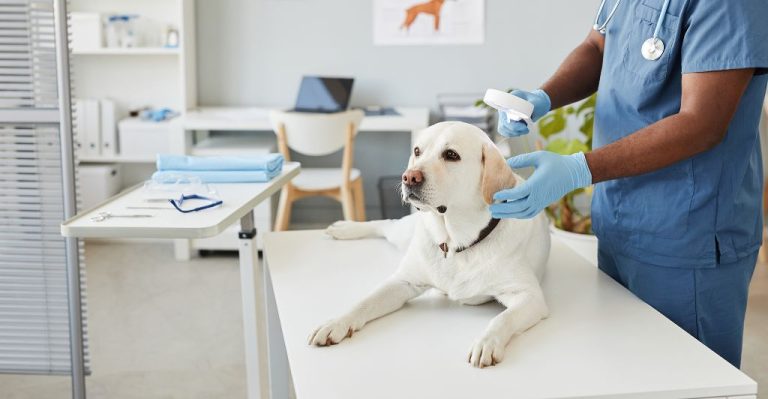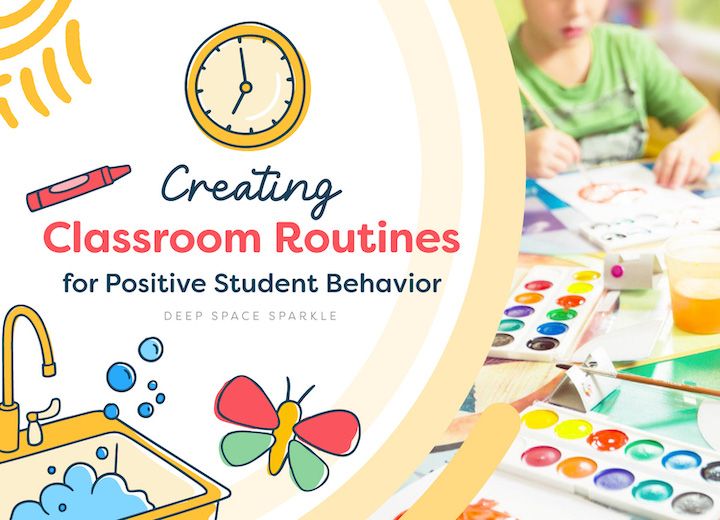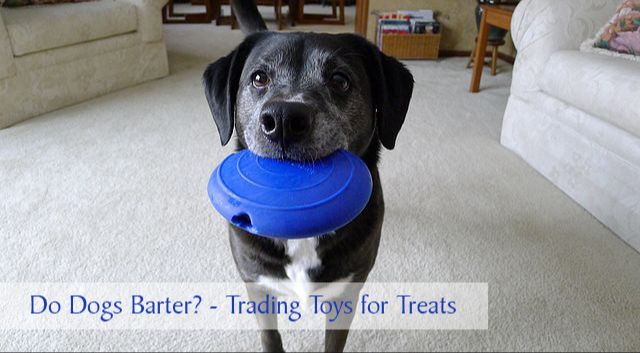Teaching Your Dog To Calmly Greet Visitors: Politeness Training Tips
Why Teach Your Dog to Greet Politely?
Teaching your dog to greet guests calmly and politely has many benefits. As the AKC explains, preventing jumping, barking, and nipping creates a safer environment for visitors (source). A polite greeting also makes visits more pleasant and enjoyable for everyone. It shows guests that your dog is well-trained and responsive to commands. Overall, polite greetings lead to calmer interactions that reduce stress and anxiety for both humans and dogs.
Understand the Motivation
Dogs are naturally very excited to meet and investigate newcomers. Their curiosity and eagerness to greet is part of their instinctual behavior (source). When visitors arrive, most dogs can’t contain their enthusiasm to go say hello. Jumping up is a way for them to get closer to visitors’ faces to sniff and get attention. It’s important to understand this motivation so you can channel your dog’s energy into more appropriate greetings.
Set Up for Success
Proper setup before visitors arrive is crucial in teaching a dog to greet politely. Here are some tips:
Confine your dog before guests arrive. Using a crate or gated area prevents jumping, nipping, or other unwanted behaviors. This also provides your dog with a safe space.1
Provide toys or chews to occupy your dog’s mind and mouth. Stuffed Kongs, raw bones, or puzzle toys are great distractions and prevent frustration.2
Ensure your dog gets sufficient physical and mental exercise beforehand through walks, playtime, or training. A tired dog is more likely to be calm and relaxed when visitors come.1
Use Positive Reinforcement
One of the most effective ways to train a dog to greet politely is through positive reinforcement. This involves rewarding your dog with treats, praise, or play when they demonstrate calm behavior. According to the Humane Society, positive reinforcement training creates an association in your dog’s mind between the behavior and the reward, making them more likely to repeat that behavior in the future.
When training your dog to greet visitors calmly, you’ll want to reward even brief pauses in jumping or barking. For example, if your dog starts barking wildly when the doorbell rings, wait for a brief moment of quiet and immediately reward with a treat. You can also reward calm sitting or laying down near the door when guests arrive. The key is to reinforce those fleeting moments of polite behavior, no matter how small, and your dog will learn that calm greetings result in rewards.
Train an Alternate Behavior
One effective technique for teaching your dog to greet politely is to train an alternate behavior using the “go to place” command. This provides your dog with something positive to do when guests arrive instead of jumping up. Here’s how to teach it:
Choose a designated mat, dog bed, or crate to be your dog’s special place. When your dog is on the mat, reward them with treats and praise. Gradually increase the duration your dog must stay on the mat before getting a reward. Use a release command like “okay” or “free” so they learn to stay put until released.
Once your dog reliably goes to their place on command, start asking them to go there when the doorbell rings or guests arrive. Reward them for staying on their mat calmly. With consistency, your dog will learn that going to their place results in rewards.
Establishing a safe space like a mat, crate, or bed gives your dog an alternative to jumping up when excited. It also helps them feel calm and secure when guests enter your home.
Have Guests Ignore
One of the most important things when training your dog to have a calm greeting is to have your guests completely ignore them upon entering your home. This means no eye contact, touching, or talking to your dog until they are calm and sitting.
It’s only natural for guests to want to greet and give attention to your excited pup when they first arrive. However, this is actually rewarding and reinforcing the unwanted jumping, barking, or overexcited behavior. According to the American Kennel Club (AKC), “When your dog jumps on a guest, ask the guest to turn away and avoid eye contact. Once all four of your dog’s paws are on the floor, the guest should continue ignoring your dog until he sits. At that point, the guest can praise your dog quietly and offer a treat” (source).
By completely ignoring the dog until calm, you are teaching them that they only get positive attention and interaction with guests when exhibiting polite and calm behavior. This method removes any reward for unwanted behavior, and reinforces good behavior instead.
Slow Introductions
When first teaching your dog to politely greet visitors, it’s important to start with slow, gradual introductions. Keep your dog on a leash or behind a barrier like a baby gate during initial greetings. This allows you to maintain control and prevent your dog from jumping or getting over-excited.
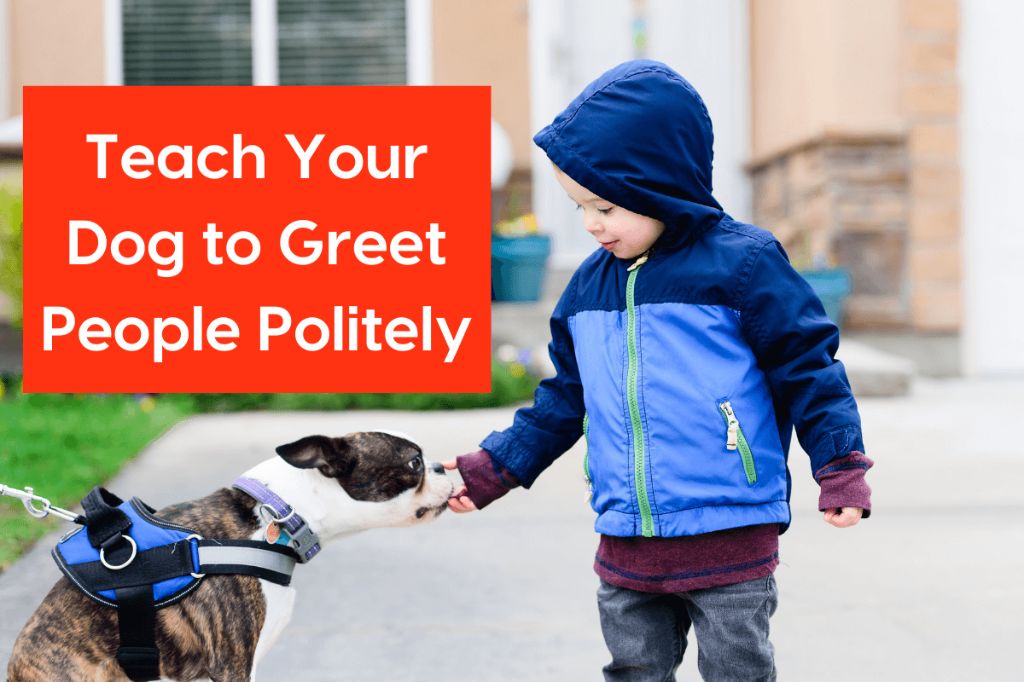
According to Battersea, “Asking for a controlled behaviour such as ‘sit’ is a good alternative to jumping up behaviours.” Have your dog sit and stay while the visitor approaches slowly. Reward calm behavior with treats.
Interactions should be brief at first, no more than a few seconds of greeting while your dog remains composed. As your dog learns to stay calm, gradually allow longer interactions over multiple training sessions. The key is to set your dog up for success by controlling the situation and not allowing them to practice over-eager jumping or nipping in the presence of guests.
Consistent Practice
For the best results in teaching your dog to greet politely, it’s crucial that the entire family participates in the training. Having just one person work on training while others don’t follow the same approach will confuse your dog. As the AKC notes, “dogs thrive when households are consistent” (https://www.akc.org/expert-advice/training/importance-consistency-training-dog/).
Make sure everyone in your home greets guests the same way during training. Also expose your dog to meeting various guest types – men, women, children, delivery people, etc. The more practice greeting politely in a wide range of real-world situations, the better your dog will generalize this behavior. As Shop Konos advises, “consistency…can actually help your dog to feel calmer and more at ease when meeting new people” (https://shopkonos.com/blogs/the-bork-magazine/consistency-is-crucial-in-dog-training-here-s-how-to-make-sure-you-re-doing-it). Staying consistent with training helps reinforce the desired polite greeting behavior.
Be Patient
When teaching your dog to greet politely, it’s important to be patient. Dogs don’t generalize well, so even though your dog may learn to greet politely at home, they may still jump on guests when visiting other locations. It takes consistency and many repetitions across various settings before a dog fully grasps a new concept and behavior. Don’t get discouraged if your dog regresses or struggles to generalize the training. With consistent practice and positive reinforcement over time, your dog will learn to greet guests politely no matter the location.
Other Tips
Here are some additional tips for teaching your dog to greet visitors calmly:
Use obedience commands like stay, off, and down to reinforce calm behavior when guests arrive. Ask your dog to stay on their bed or in another designated spot and reward them for remaining there while you answer the door. If your dog tends to jump up, tell them “off” or “down” to keep all four paws on the floor.1
Appeasing pheromones like Adaptil can help relax dogs and curb excitable greeting behavior. Diffusing pheromones in your home before guests arrive may make training easier.1
Incorporate polite greeting training into your dog’s regular obedience training routine. The more practice they get, the better their manners will become with consistency over time.1

